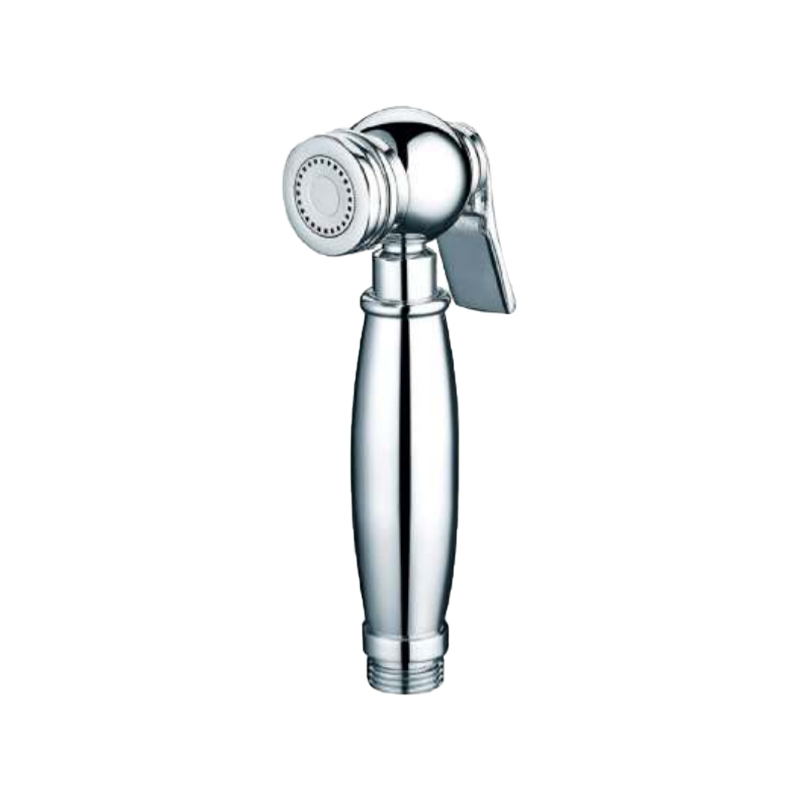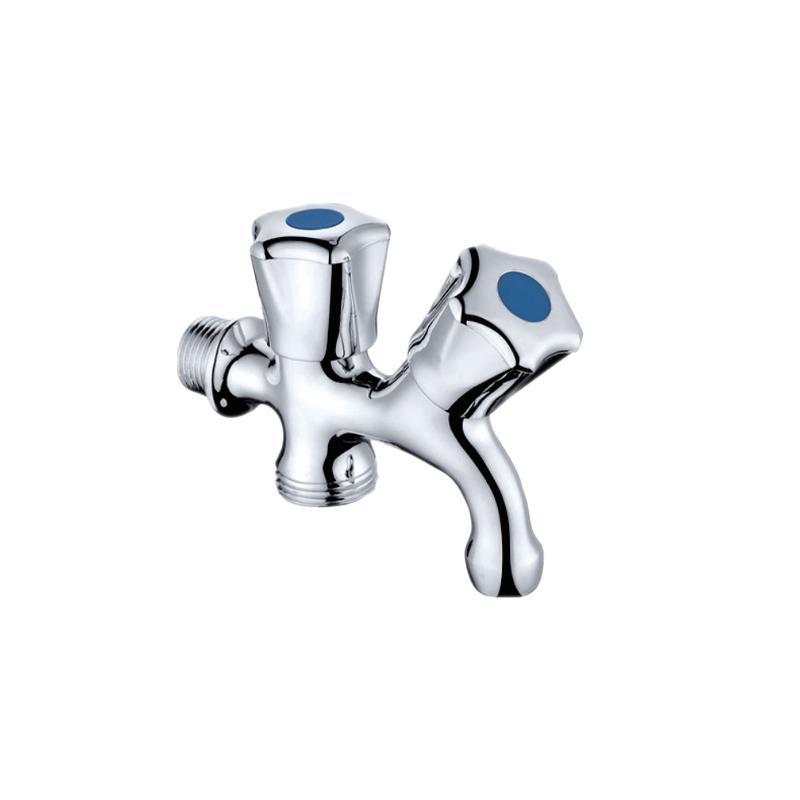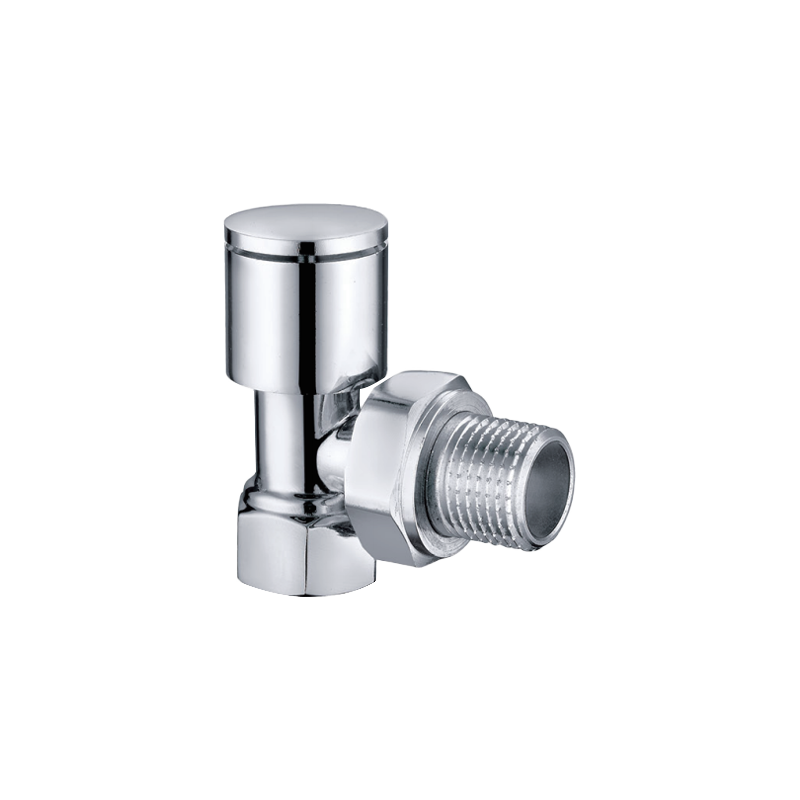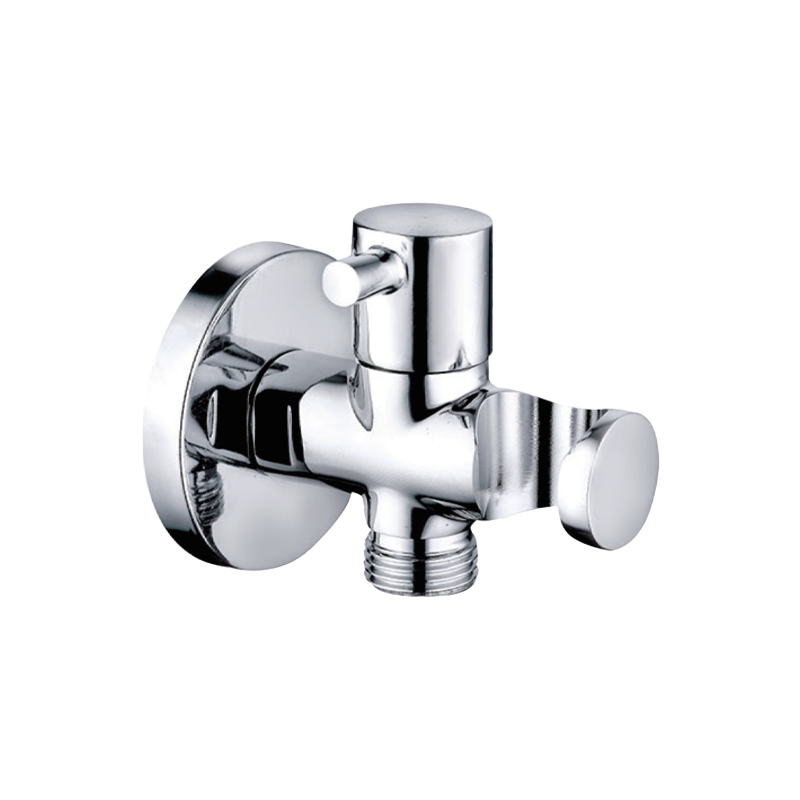Water supply stops are crucial components of plumbing systems that control the flow of water to various fixtures and appliances. These valves play a vital role in managing water supply, allowing for repairs, maintenance, or emergencies. However, problems can arise with water supply stops, affecting functionality, causing leaks, or leading to water wastage.
1. Valve Leaks
One of the most common problems with water supply stops is valve leaks. Over time, the seals within the valve can deteriorate or become worn, leading to a leaky valve. Leaks can occur at different points, such as the valve stem or the connection points, and can range from minor drips to more significant water flow.
Valve leaks can cause several issues. Firstly, they lead to water wastage, which can result in higher water bills and environmental concerns. Even a small drip can waste a significant amount of water over time. Additionally, leaks can lead to moisture buildup, which can cause damage to surrounding structures, such as walls or cabinets, and contribute to the growth of mold and mildew.
2. Difficulty in Turning the Valve
Another problem that may arise with water supply stops is difficulty in turning the valve handle. This can be caused by various factors, including mineral buildup, rust, or wear and tear of the valve mechanism. As a result, it becomes challenging to open or close the valve efficiently.
Difficulties in turning the valve can cause inconvenience and frustration, especially during emergency situations or when quick access to water shut-off is necessary. It can also lead to inadequate control of water flow or the inability to completely shut off the water supply, which can hamper repairs or maintenance efforts.
3. Corrosion and Sediment Buildup
Corrosion and sediment buildup are common problems experienced with water supply stops, particularly in areas with hard water or older plumbing systems. Over time, minerals and sediment can accumulate within the valve mechanism, affecting its functionality and leading to performance issues.
Corrosion can cause the valve components to degrade or become stuck, making it difficult to open or close the valve properly. This can result in leaks, improper water flow regulation, or the inability to shut off the water supply when needed.
Sediment buildup can restrict the movement of the valve components, affecting its operational efficiency. It can also contribute to valve leaks or blockages within the plumbing system, leading to reduced water flow or uneven water distribution to fixtures and appliances.
4. Valve Stuck in an Open or Closed Position
A problematic occurrence with water supply stops is when the valve gets stuck in either the open or closed position. This can happen due to various reasons, including corrosion, debris accumulation, or damage to the valve mechanism.
If the valve is stuck in the open position, it results in a continuous flow of water, making it challenging to control or shut off the water supply. This can lead to water wastage, higher utility bills, and potential damage in case of leaks or emergencies.
Conversely, if the valve is stuck in the closed position, it restricts water flow to the intended fixtures or appliances. This can cause inconvenience, affecting the functionality of plumbing fixtures, such as faucets, showers, or toilets. It may also hamper repairs or maintenance efforts as access to the water supply is limited.
Water supply stops are essential components within plumbing systems for managing water flow effectively. Regular maintenance, prompt repairs, and proper installation of high-quality valves can help prevent or address these issues. By being aware of these problems and taking proactive measures, we can ensure efficient water flow regulation, prevent water wastage, and maintain the integrity of our plumbing systems.

 English
English 中文简体
中文简体


.png)




